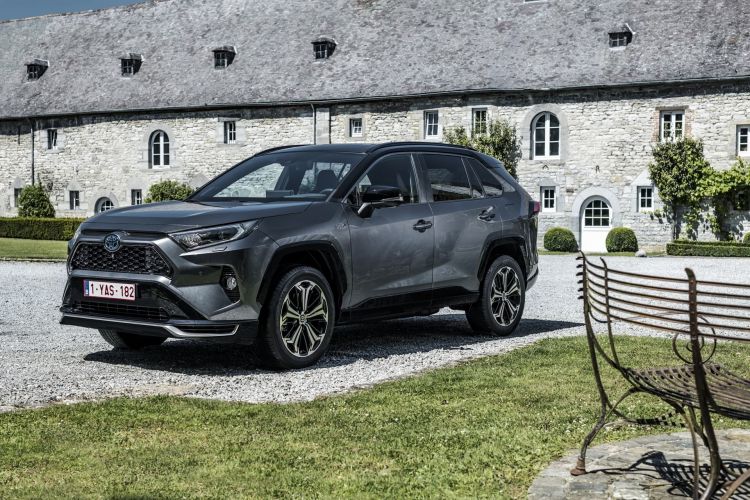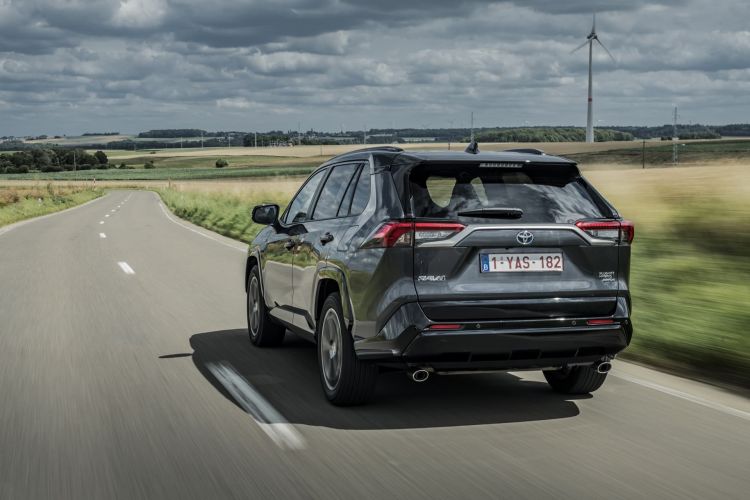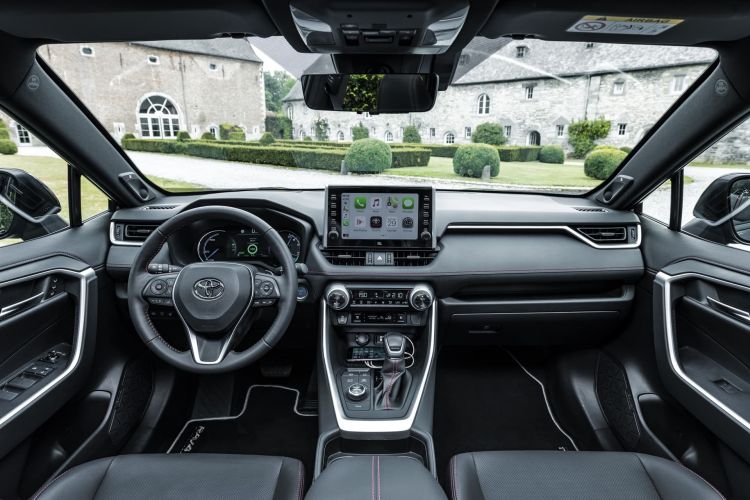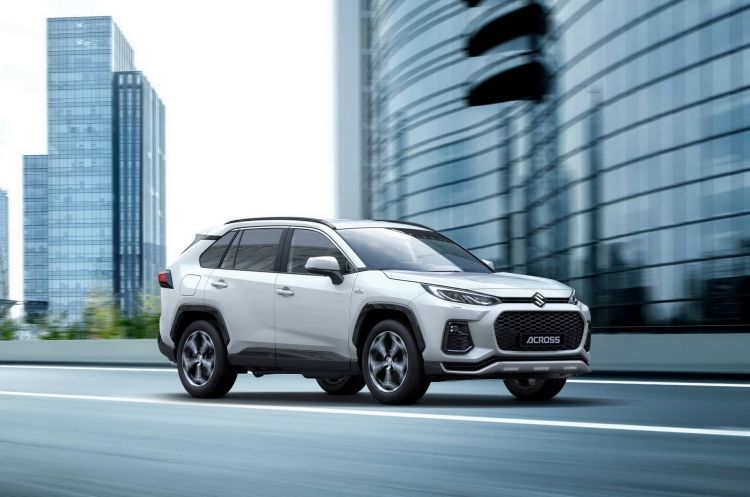Plug-in hybrids are not our favorite car. I am not talking about personal preferences, I am talking about objective reasons: they are expensive, and they combine in the same package the disadvantages of an electric car, such as weight or the need to charge it, with the disadvantages of a thermal car: it consumes fuel and requires of expensive maintenance. In addition, many plug-in hybrids have mediocre dynamics and their electrical and thermal part seem not to speak. However, there are a few plug-in hybrids that are highly recommended.
And the most recommendable, from my point of view, is the Toyota RAV4 Plug-In Hybrid, along with its twin the Suzuki Across, and its cousin the Lexus NX 450h+. All of them share platform and mechanics. The main ingredient of this plug-in hybrid is a large battery (18.1 kWh), which allows it to approve a huge 100% electric autonomy of 75 km. This battery supplies electricity to two very powerful electrical machines: a 182 hp front electric motor and a 54 hp rear electric motor.
All Toyota RAV4 Plug-In Hybrids have all-wheel drive.
In addition, a 2.5-liter, 185-hp naturally aspirated engine takes care of the thermal part of the equation. The difference with other plug-in hybrids is not in a remarkable autonomy, in its 309 horsepower or in its remarkable performance – it does 0 to 100 km/h in 6.0 seconds – if not in the great communication that exists between its engines. In essence, we are talking about a hybrid Toyota RAV4, with a higher capacity and voltage battery. In practice, we have a plug-in hybrid that behaves like a conventional hybrid when it drains its battery.
A plug-in hybrid that consumes the same as a conventional hybrid with its discharged battery, with the same pleasure and refinement of gear of the epicyclic train – the gearbox that Toyota uses in its hybrids. Other plug-in hybrids, especially in SUV format, increase their consumption when their batteries run out and have unrefined motors, even rough ones, in terms of their communication between the electrical and thermal parts. To older, the Toyota RAV4 Plug-In Hybrid is identical to other RAV4 in terms of cabin and technologies.
The battery of this plug-in hybrid can be charged at a maximum of 6.6 kW of power.
The trunk only loses 60 liters of volume for being a plug-in car, and still cubing a respectable 520 liters. It has very spacious rear seats and an interior built with good apparent and perceived quality. Toyota currently sells the RAV4 Plug-In Hybrid for a price on offer of 49,000 euros. It is not an affordable price, but its plug-in rivals in its segment are not affordable cars either, or do not have its power and all-wheel drive. To access this price it is necessary to resort to the Toyota Easy multi-option financing.
after a entry of 15,311 euroswe will pay 48 installments of 375 euros, and we will still have a final fee of 26,701 euros. The APR is 9.27% and we are required to finance at least 18,000 euros. At the end of the four years we can choose whether to pay/finance the final installment or return the car to the brand, starting or not another multi-option operation. In any case, we are limited to 15,000 km per year, although the promotional package includes vehicle maintenance. In cash, its price is 49,950 eurosand the total cost of the credit is 11,013 euros.
Its equipment is very complete.
The version to which the offer refers is an Advance finish. It is an intermediate finish that already has a significant level of equipment. It has a partially digital instrumentation and an 8″ screen for the infotainment system, compatible with Apple CarPlay/Android Auto. For older we have 18-inch wheels, adaptive cruise control, bi-LED headlights, dual-zone climate controlelectric seats and advanced driving assistance such as lane departure warning or lane keeping assistant.
PHEV Alternatives to the Toyota RAV4 Plug-In Hybrid
The plug-in Toyota RAV4 is an expensive car, but it offers a lot for the money. Its financing is only recommended if we are going to resort to the use of multi-option – if we can afford it, it is better to buy it in cash. Among its rivals are cars like the SEAT Tarraco E-Hybrid of 245 CV (from 51,320 euros) or cars from lower segments, such as the Peugeot 3008 Hybrid of 300 CV (from 54,020 euros). If we want a car with comparable autonomy, we have to go to its twin on Suzuki Across (55,420 euros) or to higher priced premium vehicles.
Photos of the Toyota RAV4 Plug-In Hybrid




